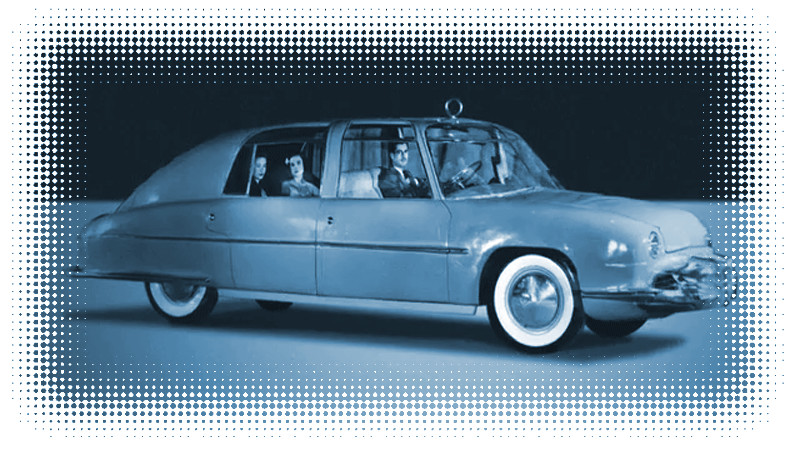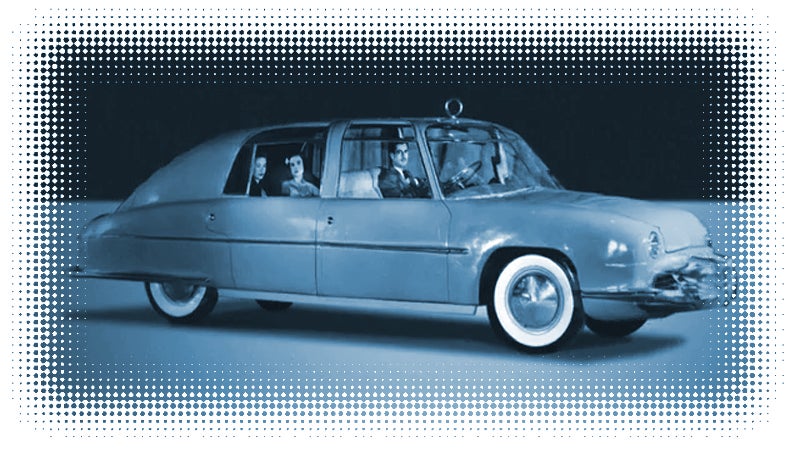
When you hear the name Beechcraft, if you think of anything at all, you probably think of small airplanes. What’s less known is that in 1946 Beechcraft once considered building a car, a radically advanced car that could have been the Tesla of its time. That time never came.
The Beechcraft Plainsman (I’m guessing ‘plain’ was a sort of a cheeky reference to ‘plane,’ as in airplane) came into being because of some very good news: World War II was ending. This was generally good news for most people, but there were some serious downsides if you were, say, a Nazi war criminal or a maker of military aircraft.
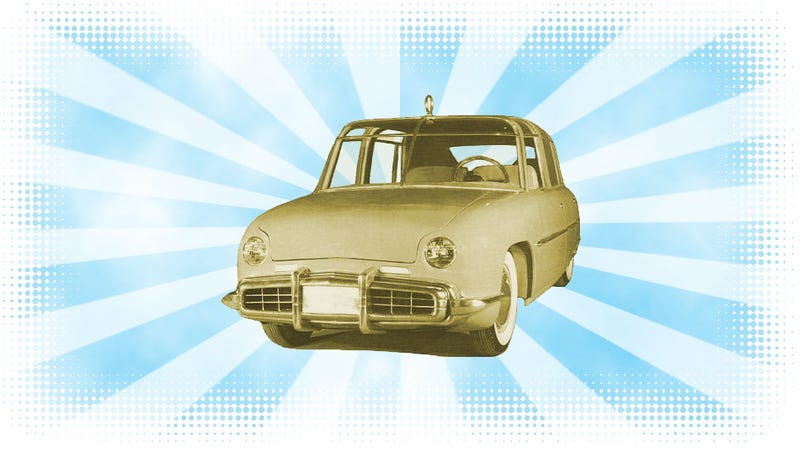
So, Beechcraft found themselves with a huge loss of orders come 1946, and to fill that hole, they figured that what Americans would really be wanting soon were cars. They weren’t wrong.
Advertisement
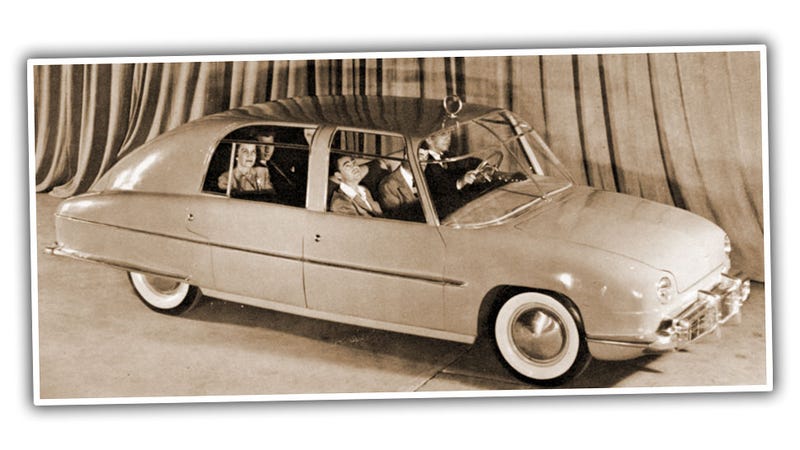
Beechcraft set up a research group to design a car. They knew that, as an aircraft company, their best best to compete against the big companies used to mass-producing cars would be to make something rational, innovative, premium, and unique. They sure as hell managed that, even if it proved to be more expensive than made sense (over their $5000 target price, which was already like two Caddys) and the project was eventually abandoned.
But let’s look at what they came up with, because it was wildly advanced for its era, and it predicts so many things we expect in modern, high-tech cars today.
Sponsored
I compare the Plainsman to a Tesla in the headline there because I think that’s the modern car that would be the closest cultural analog, but, really, it’s probably closer to a Volt or a Karma. Believe it or not, it was a hybrid.
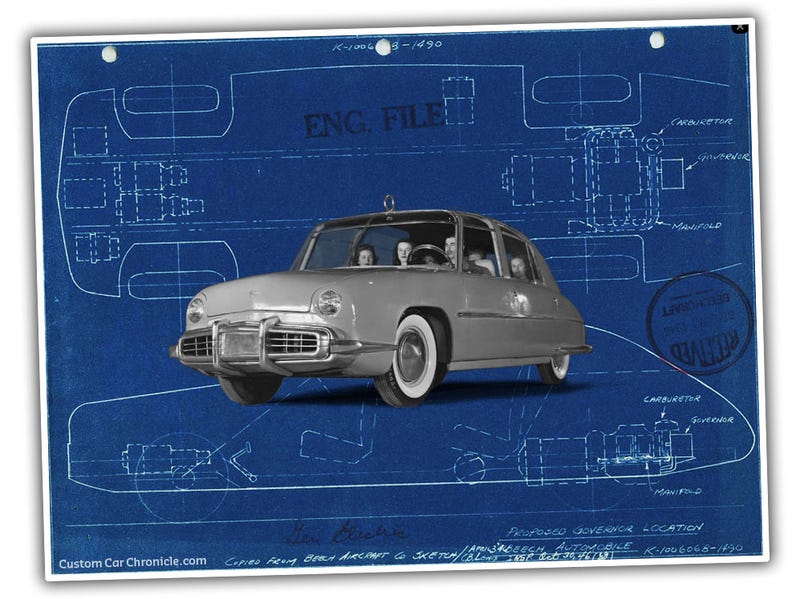
Much of the fascinating engineering of the car was done by a very talented Swiss engineer named Walter Otto Wyss. Custom Car Chronicle has a great article about him here, and he seems like a fascinating guy.
Yes, the Plainsman was a gas/electric hybrid, and even there it was unusual. The car used an air-cooled flat-four engine from Franklin motors—the sort of engine Beechcraft was used to putting in planes—and mounted it at the rear.

Really, it could have been mounted in front as well (the design was made to be flexible that way) but for the one built prototype, a rear engine was specified. This 100 horsepower engine would be used to drive a generator, which in turn would power four electric motors – one at each wheel.
Advertisement
An electric motor for each wheel is very modern-seeming, and what’s even more striking is what those wheels could do. When you braked, the motors reversed polarity to slow the wheels down. Sort of like regenerative braking, but there doesn’t seem to have been any storage battery to fill.
Even more striking is that these four motors were designed to receive power based on which wheels had better grip, which would be like a prehistoric sort of electronic traction control.
If that wasn’t enough, it used an adjustable air-shock suspension system with driver-configurable ride heights thanks to an aircraft-landing-gear-derived setup.
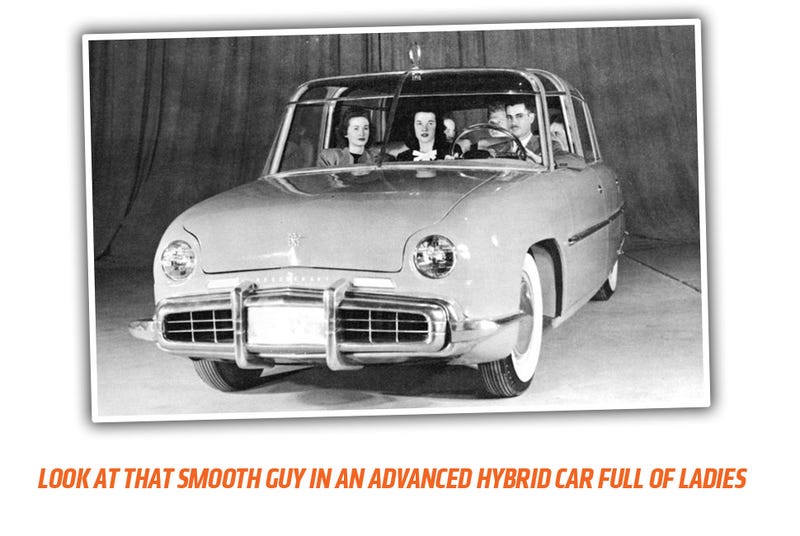
The Plainsman was also designed to come standard with a two-way radio telephone, and even included a gauge to provide instant MPG information. Both of these are dead-on predecessors to modern cars’ phone integration and those dynamic range/economy meters that are so prominent on hybrid cars today. The meter worked by (mechanically, I’m guessing) evaluating road speed vs. the generator’s output wattage, and Beech claimed it was 95 percent accurate.
The basic drivetrain tech was adapted from diesel-electric locomotives, and that basic tech also allowed the Plainsman to automatically find the most economic level of operation for the gas engine, and it allowed for an early form of cruise control, which seems to have worked by setting the engine to produce a specific wattage from the generator.
The result was a car that could get up to 30 MPG at a steady 60 mph, and could (they claimed) hit speeds of up to 160 mph. With all that electric motor torque available from a dead stop, this thing probably would have accellerated pretty well, too.
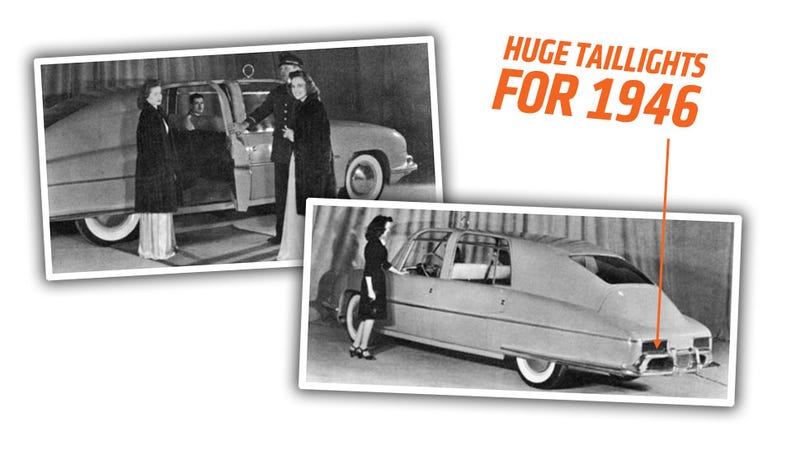
The body was just as novel as the drivetrain design, being highly derived from aircraft practice. It was mostly aluminum, of course, keeping the car’s weight to around 2200 pounds, had a flat floor, and relied on hoops in the B and C pillars for strength.
There was a very aircraft-like bubble canopy windshield, and the side windows bent up into the roof as well. I’m guessing that funny little Jetsons-looking antenna over the windshield was for the 2-way radiophone.
An all-wheel drive hybrid with adjustable air suspension, built-in phone, dynamic MPG meter, regenerative braking, aluminum body, and traction control would sound modern, even advanced, today.
Sadly, it was just a bit too advanced for post-war America, and far too costly. A pair of drivetrain mules and one un-engined styling mockup is all we have left to marvel at and wonder about what could have been.

